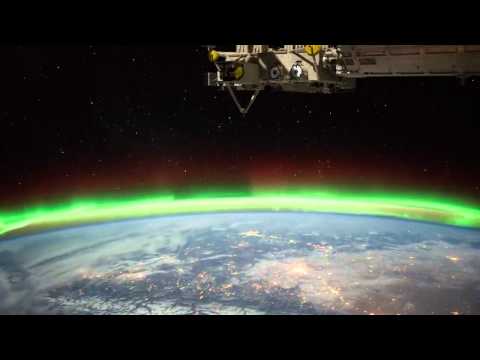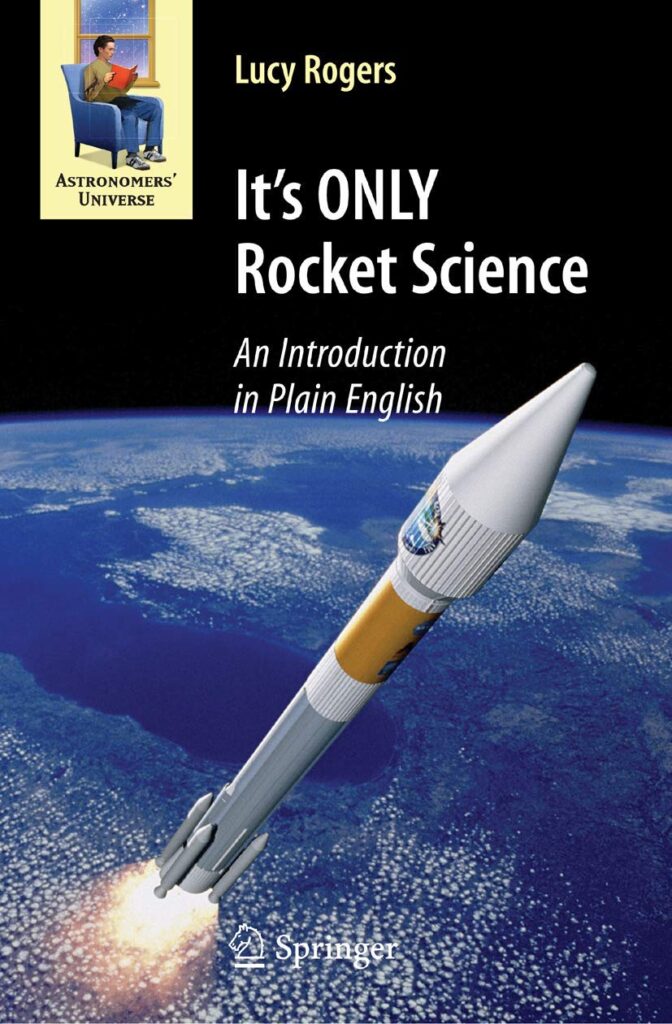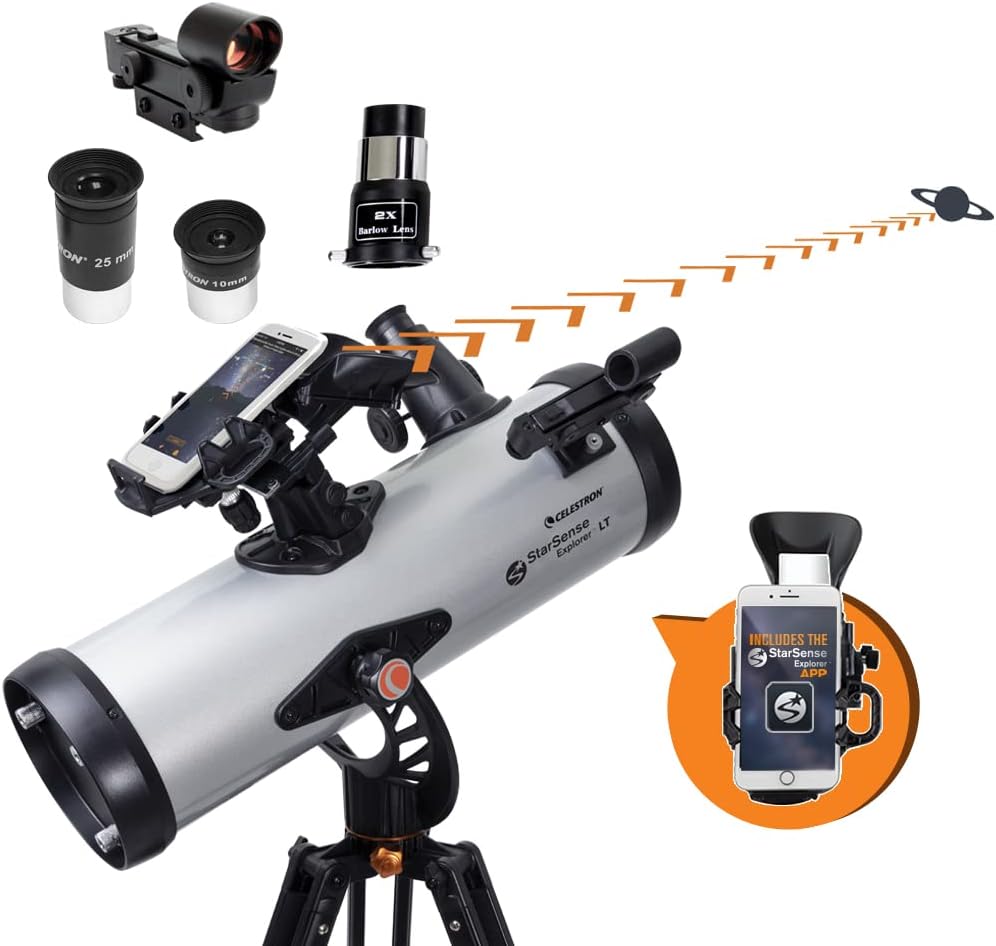How We Are Going to the Moon – 4K
Between 1968 and 1972, America launched 9 human missions to the Moon, 6 of which successfully touched down, allowing 12 men to walk on the lunar surface. NASA’s next chapter of lunar exploration, called Artemis, has the task of not just going to the Moon, to create a long-term human presence on and around it, but also to prepare for ever-more-complex human missions to Mars. In short, everything we must be able to do here, we must first do here. So, what will an Artemis mission look like? Everything is designed and tested with our most important element in mind: the astronauts. This is their deep space, human-rated spacecraft called Orion, built in 3 parts: the crew module, where up to 4 astronauts will live and work throughout the flight; the service module, with life support systems for the crew and its own engine and fuel reserves; and a launch abort system, with engines capable of pulling the crew module to safety during launch, should anything go wrong. To accomplish the task of launching our crew and heavy payloads, NASA is building the Space Launch System, comprising of a cargo hold, an Exploration Upper Stage, a massive core stage and 2 extended solid rocket boosters. All together, this is the world’s most powerful rocket. And it exceeds the legendary Saturn V of the Apollo era in numerous ways. Sitting on the launch pad, the entire rocket, fully fueled, weighs just over 6 million pounds, 5.2 million of which is just the fuel. Once ignited, there is no stopping what comes next. All 4 RS-25 engines and the 2 solid rocket boosters come to life, thundering our crew upwards. Two minutes after ignition, the solid rocket boosters are spent and released. Eight minutes after launch, the core stage is depleted and separated. The upper stage fires briefly, placing Orion into a parking orbit around the Earth. Here, the crew reconfigure the spacecraft and check systems to confirm everything is ready for deep space travel. With a “go” from Mission Control, the crew reignite the Exploration Upper Stage engines to leave Earth entirely.The exact timing of this maneuever is critical to reach a speed that can escape Earth’s gravitational pull, but also put Orion on a course that will intersect the Moon days later. Once this burn is complete, the upper stage of the SLS is jettisoned and the crew on board Orion coast for several days toward all that awaits them at the Moon. Approaching the Moon, we see the fundamental differences between Artemis and Apollo. Instead of requiring Orion to serve as an expendable lunar command module or carry a constrained lunar lander, the Artemis missions will take advantage of a different approach: pre-staging. Everything needed for lunar missions will be positioned in advance by commercial and international partners. This includes rovers, science experiments and human-rated systems on the surface. But it also includes a dedicated lunar station in orbit around the Moon, called Gateway. Here at the station, we can pre-stage a robust lunar lander and establish a strong communications relay. Designed with open standards, the Gateway can be expanded as new missions and partnerships develop, allowing multiple human missions on the Moon at the same time, and enabling ongoing science to be conducted even between human missions. The Gateway is also capable of adjusting its orbit to allow access to every part of the Moon, something the Apollo missions could not do. But the real key in this approach is placing Gateway in a unique halo orbit to perfect the maneuvers needed for Mars missions. And, with a growing list of commercial and international opportunities, Gateway is the ideal hub between Earth and all that lies beyond. Returning to our crew as they approach Gateway, the Orion must match the elliptical orbit of the station in order to successfully dock. Once on board, preselected crew members transfer to the lunar lander while those assigned to Gateway remain on station. The lunar lander system itself is built for 3 unique steps: descending from the halo orbit of Gateway down to a low lunar orbit; descending from low lunar orbit to the surface; and once the lunar mission is complete, launching from the surface of the Moon and ascending all the way back to the orbiting Gateway. Once back aboard the Orion spacecraft and undocked from Gateway, the crew fire their engines to break out of the halo orbit and once again to sling the spacecraft around the Moon, placing it on a multi-day trajectory back towards Earth. As they near the end of this journey, the service module is released and the crew module is oriented heat shield-first. Entering Earth’s atmosphere at 25,000 miles per hour, the friction of air slows Orion considerably, while also subjecting it to temperatures of 5,000 degrees. With the Orion now at just 300 miles per hour, a series of parachutes uniquely tested and produced for this moment deploy, decelerating the craft to just 20 miles per hour for splashdown. With each successful mission, Artemis ushers in the next wave of men and women to explore our Moon. And proves that together, we’re ready to go beyond.













